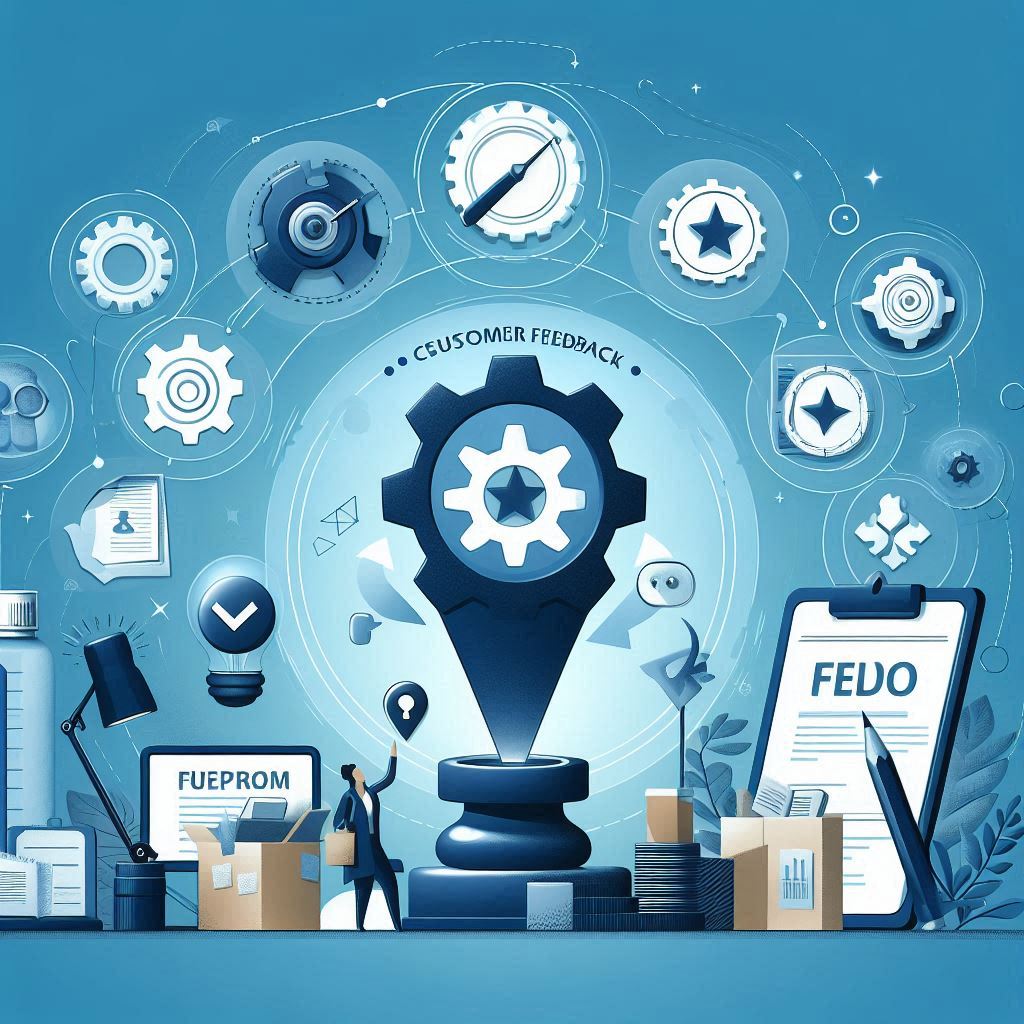-

Jobs to be Done (JTBD): Understanding Customer Needs Through the Lens of Their Jobs
Overview: The JTBD Framework Jobs to be Done (JTBD) is a powerful framework for understanding customer needs based on the jobs they want to accomplish. Developed by Clayton Christensen and his colleagues, the JTBD theory posits that customers “hire” products or services to help them complete specific tasks, achieve goals, or solve problems. Unlike traditional…
-

OKRs (Objectives and Key Results): Setting Ambitious Goals and Tracking Outcomes
Overview: The OKR Methodology OKRs, or Objectives and Key Results, are a powerful framework used by organizations to set ambitious goals and track their outcomes. Originating from Intel and popularized by companies like Google, OKRs have become a widely adopted method for aligning teams, driving focus, and achieving measurable results. The OKR methodology is designed…
-

Design Thinking: A User-Centered Approach for Solving Complex Problems
Overview: The Design Thinking Methodology Design Thinking is a user-centered approach to problem-solving that focuses on understanding user needs, generating creative solutions, and testing these solutions through iterative processes. It is especially relevant in the software and SaaS (Software as a Service) industries, where user experience and rapid innovation are paramount. The methodology is structured…
-

Kanban: A Visual Management Method for Continuous Delivery
Overview: The Kanban Methodology Kanban is a visual management method used in project management and product development to ensure continuous delivery of work without overburdening the team. Originating from the Toyota Production System, Kanban emphasizes visualizing work, limiting work in progress (WIP), and managing the flow of tasks through the development process. The goal of…
-

Waterfall: A Linear and Sequential Approach to Project Management
Overview: The Waterfall Methodology Waterfall is a traditional project management methodology characterized by its linear and sequential approach. Each phase in the Waterfall model must be completed before the next one begins, making it a structured and orderly process. Developed in the manufacturing and construction industries, the Waterfall methodology was later adapted for software development.…
-

Lean: Maximizing Value and Minimizing Waste
Overview: Lean Methodology Lean methodology, rooted in Lean manufacturing principles, is a systematic approach to product development and project management that focuses on creating maximum value for customers while minimizing waste. Originating from the Toyota Production System, Lean principles have been widely adopted in various industries, including software development, to streamline processes, enhance efficiency, and…
-

Agile: An Iterative Approach to Product Development
Overview: Agile Methodology Agile is an iterative approach to product development and project management that prioritizes flexibility, collaboration, and customer feedback. Unlike traditional methodologies that follow a linear and sequential process, Agile embraces change and encourages adaptive planning, early delivery, and continuous improvement. The Agile methodology is designed to accommodate the dynamic nature of software…
-

Choosing the Right Tools: Recommendations for Tools and Software that Complement Various Product Management Frameworks
In the realm of product management, selecting the appropriate tools and software is pivotal for ensuring efficient workflow, effective collaboration, and successful project outcomes. Different product management frameworks, such as Agile, Lean, Waterfall, and hybrid models, have unique requirements and practices. The right tools can significantly enhance the implementation of these frameworks, streamline processes, and…
-

Frameworks and Remote Teams: Best Practices for Applying Product Management Frameworks in Remote or Distributed Teams
The rise of remote and distributed teams has fundamentally transformed the way organizations manage product development. The traditional co-located team setup has given way to geographically dispersed teams, necessitating new strategies and best practices to ensure effective collaboration, communication, and productivity. Product management frameworks, such as Agile, Lean, and Kanban, can be effectively adapted to…
-

Integrating Customer Feedback: How Different Frameworks Incorporate Customer Feedback into the Product Development Process
In the fast-paced world of product development, integrating customer feedback is essential for creating products that truly meet user needs and expectations. Different product management frameworks employ various strategies to gather, analyze, and incorporate customer feedback throughout the development process. This article explores how different frameworks, including Agile, Lean, Waterfall, and hybrid approaches, integrate customer…
